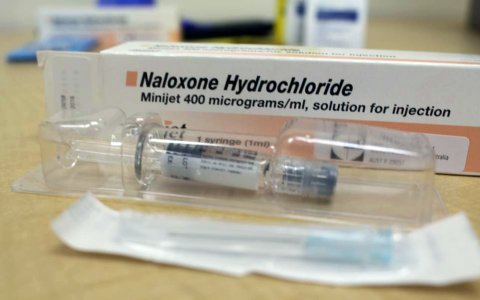Understanding the impediments to uptake and diffusion of take-home naloxone
Professor Suzanne Fraser (Lead Investigator)
Dr Robyn Dwyer
Professor Paul Dietze (Burnet Institute)
Dr Joanne Neale (King’s College, London)
Professor John Strang (King’s College, London).
This project, funded by the ARC, aims to investigate impediments to uptake of ‘take-home’ naloxone in Australia. Take-home naloxone is available both on prescription and over the counter, yet distribution to people at risk of overdose or connected with those at risk is weak. Programs providing take-home naloxone to opioid consumers exist in some Australian cities, but even here uptake remains minimal. The reasons for this are not well understood. This qualitative project will interview opioid consumers, prescribers and pharmacists to better understand the issues surrounding take-home naloxone, and will then produce an online resource on experiences of overdose and the use of take-home naloxone. The aim is to inform those affected by overdose, professionals and the wider Australian community about take-home naloxone, to support distribution of the medication, save lives and protect communities.
According to lead investigator, Professor Suzanne Fraser,
Opioid overdose is heavily freighted with stigmatising preconceptions about people who consume opioid drugs such as heroin. Assumptions about addiction, negative perceptions of people who take drugs, and symbolic connections between injecting and deviance, mean the disclosure associated with accessing the medication may be difficult and even marginalising. Those witnessing overdose may also be affected by these assumptions and perceptions, as may service providers otherwise equipped to encourage distribution of this lifesaving medication. Our job in this project is to explore these issues alongside the other concerns and practical obstacles our interview participants raise to find new ways to support the expansion of take-home naloxone in the community.











